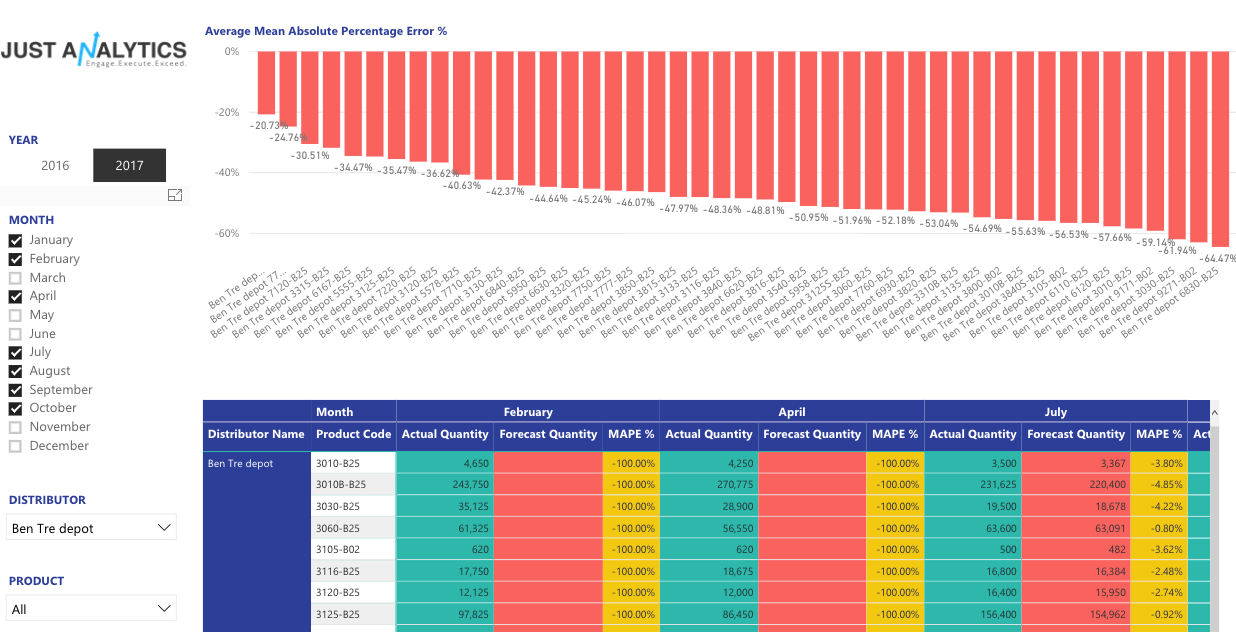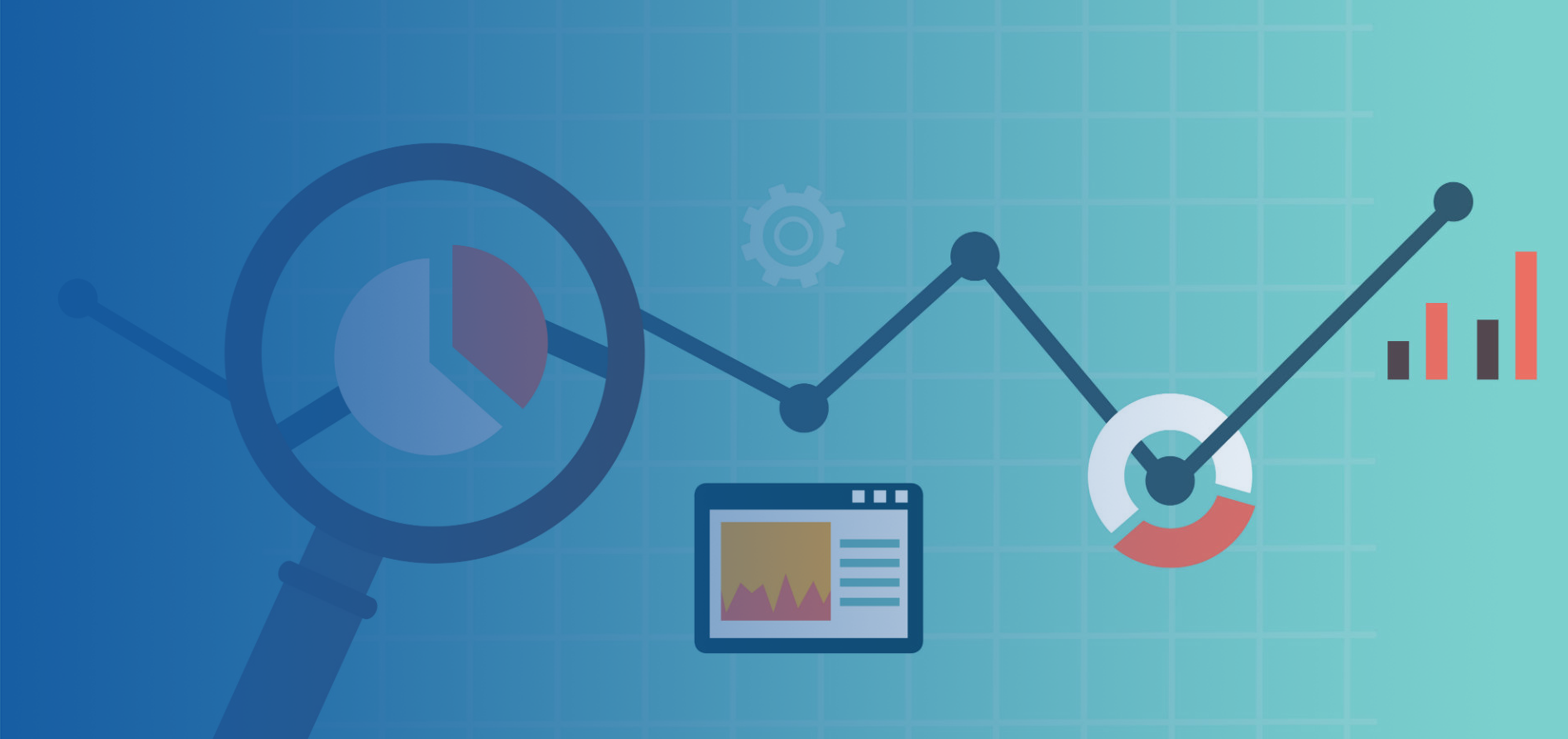
In some organizations, sales forecasting may seem more art than science. I’ve heard of forecast meetings wherein commitments were made based on the sales person’s gut feel or his/her level of engagement with the customer, not exactly relying on any particular data.
In manufacturing and other similar industries, however, forecasting without digging deep on data is a big no-no. Why? Because if the sales forecast sneezes, the entire supply chain catches a cold. Sales forecasts determine how much product is needed to meet targets. It dictates how much raw and packing materials should be ordered, the utilization of existing equipment and if new machines are needed.
Such is the importance of sales forecasts that one that is too high could lead to huge write offs in materials and finished products, delayed launches, or heavy discounting. Too low a forecast could mean extended periods of out of stock in the market (which can create an opening for competitors to offer their own products) or increased costs as the organization attempts to expedite creation of additional supply. In all these cases, business will be negatively impacted by the miss in the sales forecast. Want to take a guided tour on our Sales Demo, check out this link.
It may seem an easy path to just change the sales forecast as more information becomes available. But changing forecasts mid-stream is a challenging prospect as companies deal with set lead times for almost everything they need --- materials, additional work force, equipment acquisition, etc. Most of the time, these purchase commitments are contracts that contain penalties, making it too expensive to cancel and/ or reduce the order size.
Surcharges should also be expected when orders are rushed or increased. Worse, if these purchase commitments include capital spending on new machinery or buildings, which take time to fabricate or build, then the problem gets compounded as these are harder to stop midway or speed up. Since the supply chain is a tight process where dependencies are high, the impact of a ten percent change in the sales forecast may mean a bigger change in the supply chain as it impacts, purchasing, manufacturing schedules, hiring, labor hours, and inventory levels. Think of how an angle changes, even if the change may seem small near the center as the change projects outward, the gap becomes bigger and bigger.

Poor sales forecasts have cost some Fortune 500 companies to write off huge amounts. Some have suffered reduced market share from competitors who took advantage of extended out of stock situations. It is very critical then for the sales forecast to be as accurate as possible. Increased accuracy can be achieved thru better insights from understanding internal data on historical trends and on insights from external data points that may signal unique business changes that impact sales.
The advent of big data means that companies can now leverage more data points and get richer historical data. Technology makes it easier to find correlation between variables that used to be difficult to put together.
It is essential for companies dealing with supply chain to have good, actionable analytics. Existing technologies already provide the ability to crunch vast amounts of data quickly and determine patterns and insights such as identifying the factors that are most important in predicting sales. The case study in this blog highlights how we have applied these techniques for more accurate forecast of B2B sales for one of our customers.

These solutions coupled with the knowledge of field sales will further strengthen the sales forecast, ensuring higher operational efficiencies and better supply chain management. For further details on our solution, check out this link.


